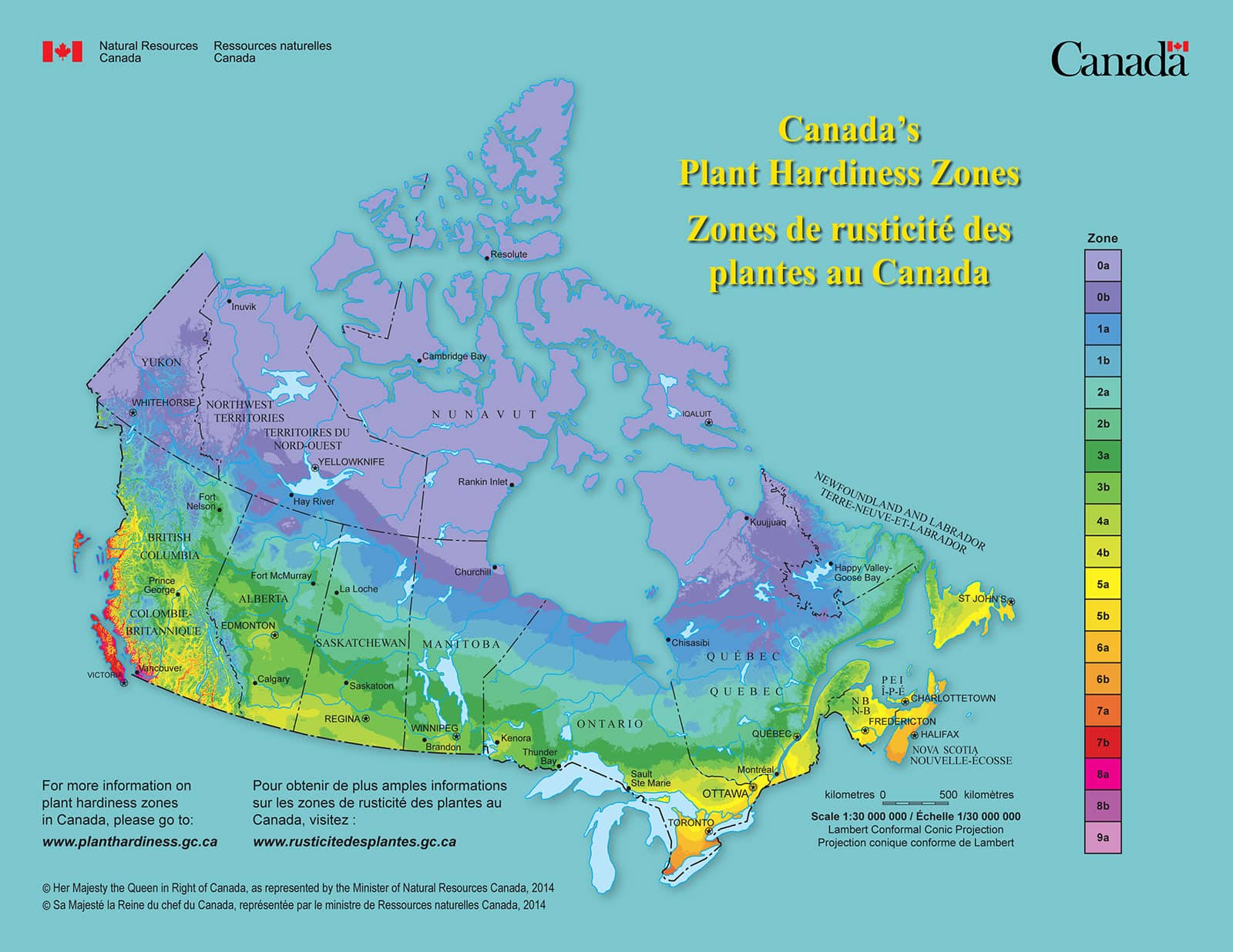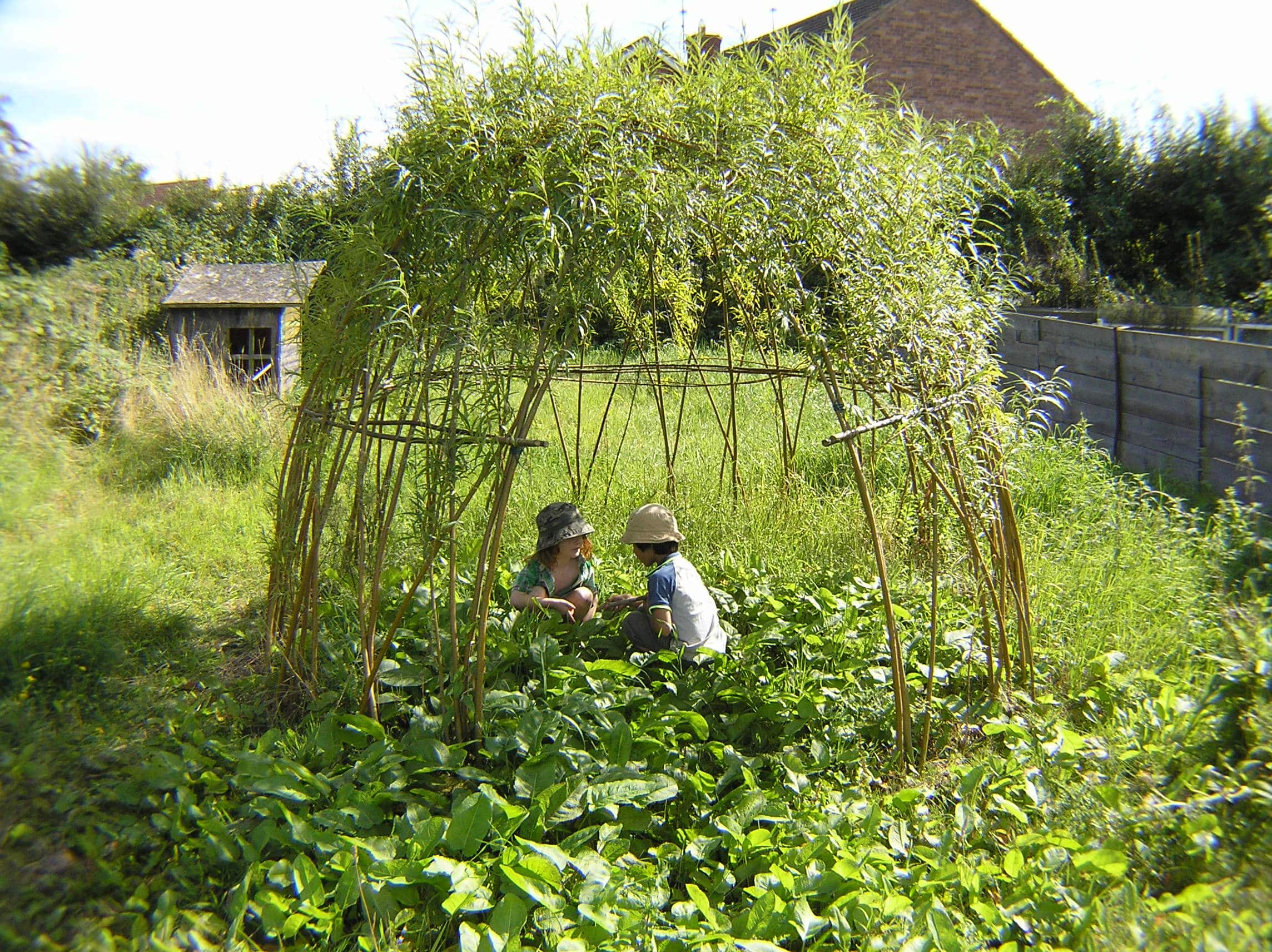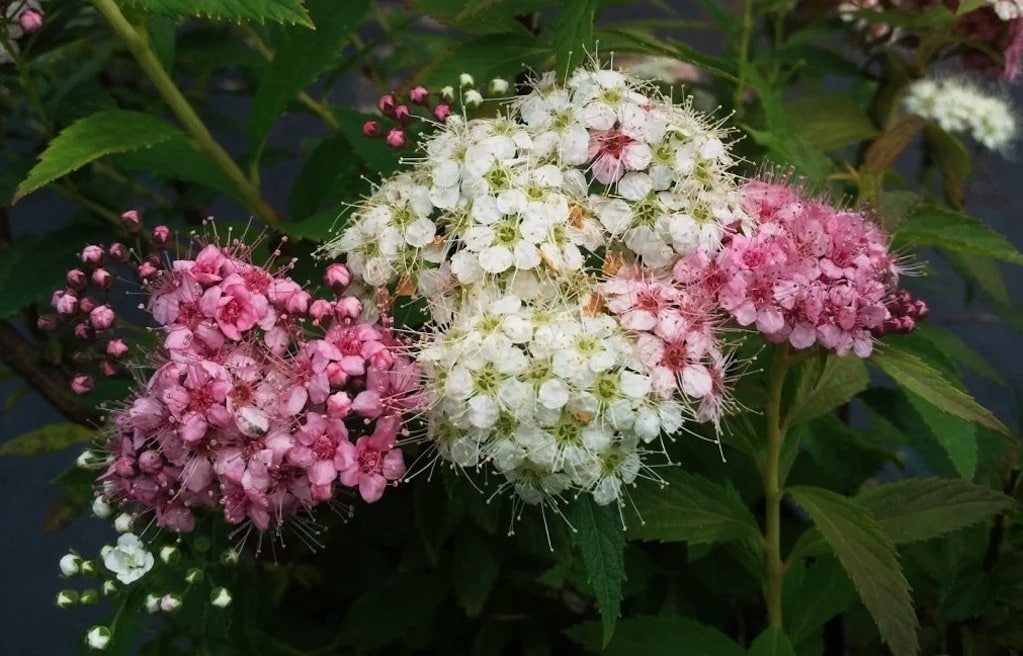Get Your Plants Ready For Winter
Decreasing winter stress with a cover will help your plants thrive. Young plants, tender plants, and those planted late in the season need some care to get them ready for winter. Covering is especially important if a plant isn’t hardy enough for your area, or if a newly planted cultivar isn't well established.
While we are talking about getting your plants ready for winter, it's important to respond to temperature changes in the fall and spring, and protect them from unseasonal cold snaps. If the temperature drops dramatically for a night or two at some point in the fall (or spring, after you have already uncovered your plants) make sure that you cover your young or not yet established plants. A cold snap before dormancy can kill or weaken a plant, and you may cover it in November, and because it drops its leaves at the usual time, it may look dormant - leaving you very disappointed in spring. Even if it gets through the cold snap, set spring buds can be killed, or the plant weakened so much that it doesn't deal well with the winter. So, if there is a cold night (or day) or two, cover your plants, and uncover them when the temperature is safe for them.
Get your Plants Ready for Winter
When should I cover my plants?
It’s time to protect your most sensitive plants as soon as the leaves have fallen, and the day time temperature doesn’t rise above 10°C, which in zone 5, is usually mid to late November.
How do I cover them?
The goal is to keep plants at a stable temperature, so that they stay dormant. Not too cold, not too hot. The best system to provide warmth and wind protection is a combination of winter cover near the plant and white plastic on top.
You Will Need:
Choose stakes that are long and sturdy enough to last the winter, and when set in a tri-pod, to clear the plant.
Row cover is available online or from garden centres. Use a winter weight, or a few layers of light weight row cover. (If you can see through the row cover, it is light weight).
Using a light coloured cover to reflect light is your best bet. Using a black cover will heat up the environment under the cover. When winter temperatures are milder, this can force plants out of dormancy. They may start budding in the middle of the winter, and then freeze hard again when the temperature drops, which can damage or kill plants.
You will need rocks, or another way to secure your row cover and plastic to the ground.
Use twine or zip ties to make tripods. Use whatever you want to secure the row cover and plastic: twine, tape, staples. If you are covering bamboo, you will need twine for wrapping the culms (see bamboo video).
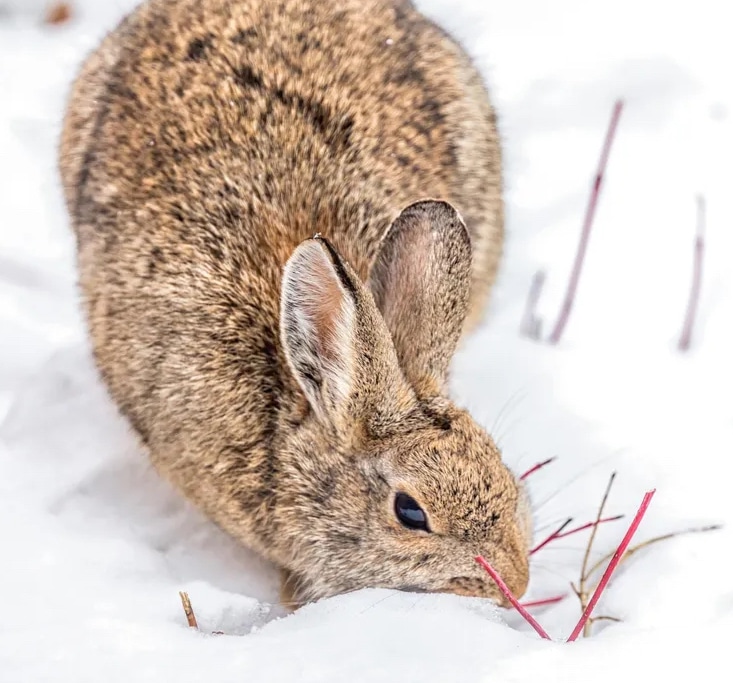
Covering your tasty plants will add extra protection against winter foraging rabbits, deer and rodents, and is always a good idea.
Clean up plant debris, and mulch your plants before covering for the winter.
(Please don't use dyed or black mulch.)
Covering Shrubs
New, young shrub branches and buds can be damaged by the direct weight of coverings, so drape row cover and plastic around a tripod that will keep it clear of the plant. Secure with rocks.
Covering Perennials
Lay row cover and plastic directly over perennials. Secure to the ground with rocks or soil.
Covering Bamboo
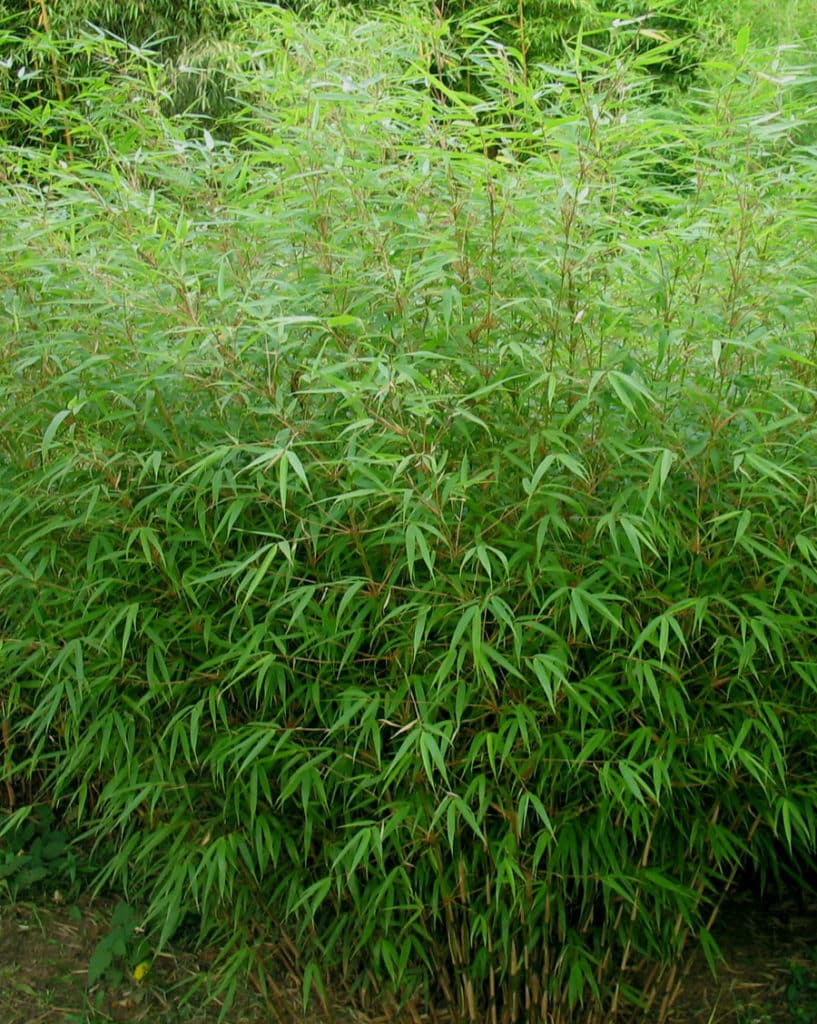
Bamboo need time to establish their root systems, and don’t grow quickly in their first season. Covering them will prevent rabbits and other animals from chewing on their ever so tender and yummy culms, and protect the stems and leaves from a hard freeze. If bamboo are able to start the spring with live stems and leaves, their second season growth will be much more robust.
- Put a garden stake in the ground beside your plant.
- Gently bend culms back on themselves, secure with twine, and tie them to the stake.
- Make a tri-pod and place it over your bamboo.
- Drape row cover and plastic around the tripod, and wrap it with twine or tape at intervals to secure it.
- Cover the edge of the plastic with soil or rocks.
Zone 5 Overwintering Quick Guide
For best overwintering results, cover the following (while this short list is for Zone 5, the same principles apply to every zone):
- Hardy zone 5 plants that were planted late, or didn’t get well established in their first season.
- All plants that are not hardy for your area. So, all the plants that are hardy in zone 6 and 7, such as: Cotinus (Smokebush), Hydrangea macrophylla (Bigleaf Hydrangea), and Ficus (Fig Tree), and Caryopteris × clandonensis 'Dark knight' (Dark knight Bluebeard).
- Zone 7 plants, such as Laurus nobilis, and Wasabia japonica ‘Dharuma’ and ‘Manzuma’ (Wasabis), Olea europaea 'Chemlali' and 'Manzanillo' Olive treets), and Eriobotrya japonica (Loquat) should be kept indoors over the winter.
- All Bamboo: Fargesia, Phyllostachys, and Pleioblastus cultivars. Bamboo need time to establish their root systems, and don’t grow quickly in their first season. Covering them will prevent rabbits and other animals from chewing on their ever so tender and yummy culms, and protect the stems and leaves from a hard freeze. If bamboo are able to start the spring with live stems and leaves, their second season growth will be much more robust.
Zone 5 Plants to consider covering
- Shrubs: Hibiscus syriacus (Rose of Sharon), Chaenomeles (Japanese Quince), Buddleia (Butterfly Bush), Azalea. All zone 5 shrubs that hold their leaves will enjoy a winter cover.
- Perennials: Alstroemeria (Peruvian Lily), Hibiscus moscheutos (Rose Mallow), Kniphofia (Red Hot Poker), Liriope (Lily Turf), Lobelia speciosa, Ophiopogon (Black Mondo).
- Grasses: Carex oshimensis (Japanese Sedge) Luzula (Wood Rush), Imperata (Japanese Blood Grass), Hakonechloa (Hakone Grass), Miscanthus, Pennisetum (Fountain Grass).
- Fruit Bushes: Actinidia arguta, Lycium (goji berry plant), and thornless varieties of Rubus fruticosus and Rubus idaeus (Blackberries).
- Vines: Wisteria


